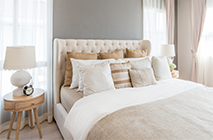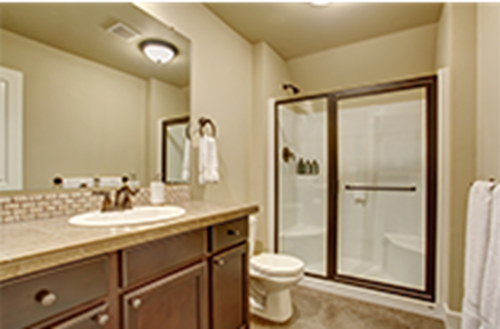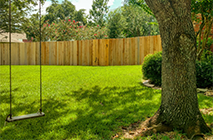
Common Bedroom Insects
When you are trying to go to sleep, the last thing you want to be doing is counting bugs rather than sheep. Though bed bugs are the most notorious bedroom insect, other pests such as fleas can also be found between the sheets.
Bedroom Insects Identification

Bed Bugs in the Bedroom
Known for feeding on humans while they sleep, bed bugs are the most common bedroom pest. Bed bugs are found virtually anywhere humans congregate, including single-family homes, apartments, hotels/motels, hospitals and schools. This is because bed bugs are excellent hitchhikers, catching rides from one place to another in suitcases, dirty laundry, and even books. Once they reach their new destination, these nocturnal creatures will typically hide somewhere in the bedroom, oftentimes in bed frames, which provide easy access to human hosts.
Fleas in the Bedroom
Feeding on any warm-blooded mammal, fleas can make their way into the bedroom when attached to household pets, such as cats and dogs. Although they prefer to feed on pets, fleas won’t pass up an opportunity to feed on you or your family if no other food source is around.
Other Pests in the Bedroom
Although less common bedroom insects, ants, and cockroaches can also be found if crumbs and trash from a midnight snack are not cleaned up. Spiders may also build webs in the corners of bedrooms, especially if the room is cluttered.
MORE FROM THE NATIONAL PEST MANAGEMENT ASSOCIATION
Why Pests and Insects are Attracted to the Bedroom
When it comes to the bedroom, most insects are less concerned with the quality of the mattress, and instead are more attracted to the person or pet lying in the bed. Bedrooms provide an ideal environment for pests, as they give them regular access to a food source – us, humans – as well as ample hiding spots in bed creases and layers of sheets.
Pest Prevention Tips for the Bedroom
 There are a handful of tips that homeowners and travelers alike can implement to prevent bed bugs, fleas and dust mites from invading the bedroom.
There are a handful of tips that homeowners and travelers alike can implement to prevent bed bugs, fleas and dust mites from invading the bedroom.
When traveling, thoroughly inspect the entire room for bed bugs before unpacking, including behind the headboard, under lights, and inside dressers, sofas and chairs. Pull back the sheets and inspect mattress seams and box springs, particularly at the corners for signs of these blood-sucking pests. Avoid placing luggage on furniture or luggage racks where bed bugs may hide unseen. When arriving home from a trip, vacuum luggage thoroughly before storing it. Consider using a garment hand steamer, which can kill any bed bugs or eggs that may have traveled home. Also, wash and dry all clothes – even those that have not been worn – on hot cycles.
Address fleas by ensuring that your pet is not giving them a free ride into the house. Practice active flea management with any outdoor pets by bathing them regularly, keeping them on a leash, and using flea treatments. After spending any amount of time outdoors, always conduct a flea check on pets.
Inside the home, homeowners should practice good sanitation, especially in the bedroom, to ward off any infestations. Eliminate clutter to reduce potential hiding spots for pests and spiders, wash and dry bed linens using the hottest temperature allowed for the fabric, and closely inspect any second-hand furniture before bringing it inside. Also, be sure to regularly inspect areas where pets sleep for signs of fleas.

Threats Posed by Bedroom Insects
Bedroom insects and arachnids can be both a nuisance and a health threat to people and pets. Bed bugs, though not known to transmit any diseases, can cause red, itchy welts from their bites. Fleas are the most common transmitter of the bubonic plague. More so, they can transmit the bacterial disease murine typhus to humans, and cause allergy dermatitis and anemia in pets.
How to Get Rid of Pests and Insects in the Bedroom
Wondering how to get rid of bedroom insects? If you suspect a bed bug infestation or find that other pests made their way into the bedroom, call a licensed pest control professional.
A qualified professional will conduct a bedroom inspection to identify the source of the problem and recommend a proper course of treatment. He or she will look for telltale signs of bed bugs, such as small fecal spots on the mattress, molt bed bug skins, empty egg shells and the actual bugs.













